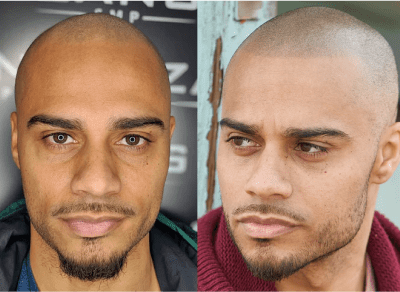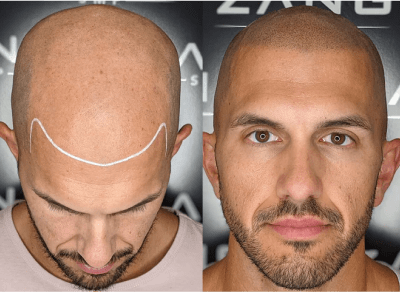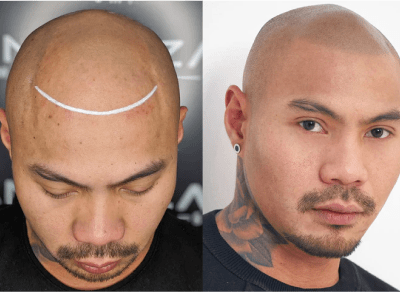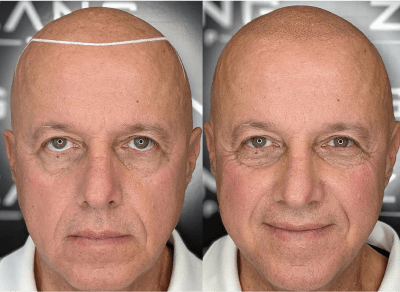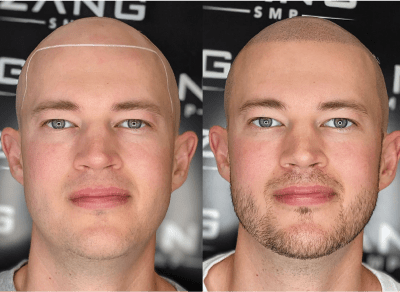
Conditions Addressed with SMP
For years, hair transplantation was the go-to solution for hair loss, but times have changed. SMP is far less invasive and gives your hair a shaved/buzzed appearance with a natural-looking defined hairline. It can address the following conditions:
- Male and female pattern baldness
- Receding hairline or thinning hair
- Alopecia-related hair loss
- Scalp scarring from hair transplants or injuries
- Uneven hair density
- Thinning hair from aging or genetics
- Bald spots from traction alopecia
- Camouflaging birthmarks or skin conditions on the scalp
Our Results
How is SMP Different From a Traditional Hair Transplant?
Traditional hair transplantation involves surgically extracting hair grafts from a donor area—typically using follicular unit extraction (FUE)—and implanting them in areas with thinning hair. This method requires surgery, downtime, and waiting several months for visible hair growth.
Scalp micropigmentation takes a completely different approach. Instead of performing hair restoration surgery, SMP uses specialized pigments (similar to a hair tattoo) applied directly to your scalp to mimic your natural hair follicles. Unlike hair replacement surgery, SMP provides immediate results without any invasive procedures or recovery time. It won't restore actual hair growth, but it instantly creates the appearance of fuller, denser hair—ideal if your thinning hair leaves you feeling less confident.
In short, SMP skips the risks, downtime, and cost associated with traditional hair restoration surgery while giving you a sharp, natural look you'll love.
What to Expect

During Your Consultation
During your initial consultation, you’ll meet one-on-one with an SMP specialist who carefully assesses your specific pattern of hair loss, skin tone, and your desired look. They’ll discuss expectations, answer your questions about SMP versus other solutions like hair transplantation or hair restoration surgery, and design a customized treatment plan that is specific to your appearance goals.

During Your Treatment Sessions
When it’s time for your treatment sessions, expect the process to feel comfortable and straightforward. Your specialist precisely applies pigment to your scalp using advanced microneedling techniques, replicating tiny follicles to camouflage your hair loss or fill in areas of thinning hair. Each session typically lasts a few hours, and most people require two to three sessions spaced apart. There’s no downtime, meaning you’ll walk out the door looking and feeling refreshed immediately.
Unlike surgical methods such as hair replacement surgery or follicular unit extraction (FUE), SMP doesn’t require painful procedures, stitches, or scarring—just quick, reliable results you can trust.
Be Bold, Not Bald with Zang SMP
Hair loss doesn’t have to define you. If you're dealing with male or female pattern hair loss, struggling with thinning hair, or looking for an alternative to hair transplant surgery, SMP offers a powerful, low-maintenance solution. Unlike surgical hair restoration techniques that rely on hair grafts or transplanted hair, SMP gives you instant results without waiting months for regrowth.
At Zang SMP, we specialize in creating natural-looking results that restore your confidence. Skip the risks of hair plugs and the long recovery of hair replacement surgery—SMP gives you the look of a full head of hair with zero downtime. Book your consultation today and take control of your style. It’s time to be bold, not bald.
Get a personalized quote for your treatment with Zang SMP!
All consultations are always FREE. We offer in-person consultations, and virtual consultations through video call or phone call.
Hear from our customers
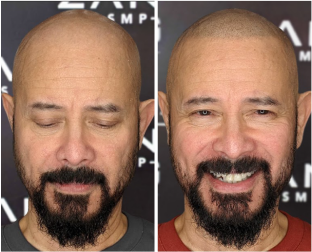
Just finished my 3rd session with Walter, best investment ever. I've tried everything short of a hair transplant over the past ten years and eventually stumbled upon SMP. I searched and researched the best SMP practitioners in the country and then decided to call the folks at Zang. Ridwan expertly walked me through the whole procedure and answered all of my questions.
If you're comfortable with the buzz cut look, SMP is the only way to go. And the team at Zang SMP are the real deal, true artists.
Rick
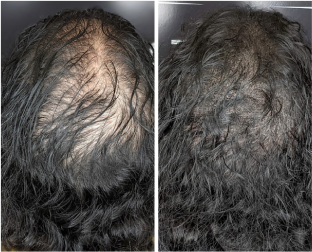
As a female, I didn't want to leave a public review in fear of someone I know seeing it - but at the same time, I want everyone to know about the amazingness that Zang SMP is!!! As someone who struggled with severe postpartum hair loss and a receding hair line, I really thought I would be a slave to hair powders and fillers for life (if not a transplant) and that has all changed!! I cannot say enough wonderful things about the entire experience!! If you are female and hesitant to do this, DON'T BE!!! It will change your life!!! Huge thank you to Ridwan, Walter, and the rest of the guys at Zang!! Forever grateful!
Laura
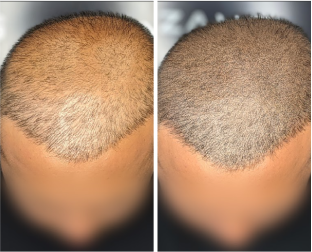
I don't normally write reviews cause it's a waste of my time but I have to this time. Over the last 20 years, I've done 3 hair transplant procedures and I was not happy with the results. I started looking into SMP and call many places before I settled with ZangSMP. It's a bit more expensive but let me tell you, worth every pennies. After the 2nd time, everyone said there's no sign that I was ever bald. And what can I say about Walter. I couldn't thank him enough. He gave me the confident I needed and a new look in life. He's such a perfectionist and took the time to do it right and make sure I'm happy with the result. I even recommended my brother to give him a call.
Kevin
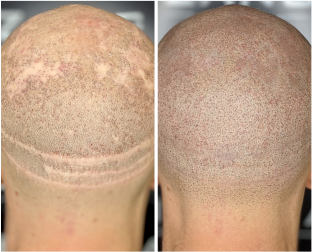
Thank u so much Walter and Ridd for your excellent customer service and I can't be any happier with the results. Walter is truly a master of his craft and he was able to hide my scar very well. I had gone to a different smp place before but wasnt happy with results. Zang Smp gave me the results I was looking for. There a reason why they have 5 stars on their reviews! Highly recommend!
Oliver
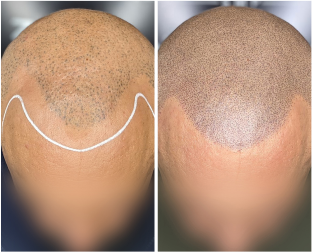
After 2 hair transplants and a botched smp I felt all hope was lost I wanted more density I researched looked into doing Smp.again After sailing across the sea lol I found Zang. They are master perfectionist artist that truly define what SMP is. Walter did mine. He never looses focus, addressed my concerns , and had an excellent game plan and will do the same for your individual case. I was so happy with the results it changed saved my life, and now I fell more of being the best version of me. You saved my Life! My many thanks love and gratitude to Zang -Johnny G
Johnny
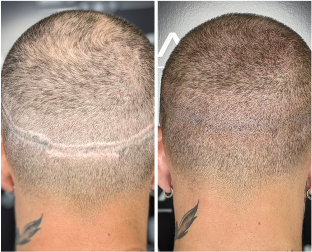
These guys changed my life for the better. I have had alopecia for 10 years, wearing wigs and being generally uncomfortable. I was looking for a long-term solution to my alopecia and this was it. Ridwan is a delight to set things up with, and Walter has a real eye for the details. This is worth the money. A load has been lifted and I couldn’t be happier. My only regret is not coming here sooner!
Alex
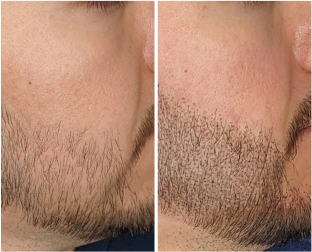
Zang is THE most skilled and experienced SMP practitioner BY FAR. I have had multiple treatments with him to fill in the density in my hair and beard, and the results are amazing. People don't even believe I've had anything done until I show them my before/after pics. Zang is a great guy with an incredible attention to detail, and his work has restored my confidence big time. I really can't recommend him enough. 5 stars!
William

